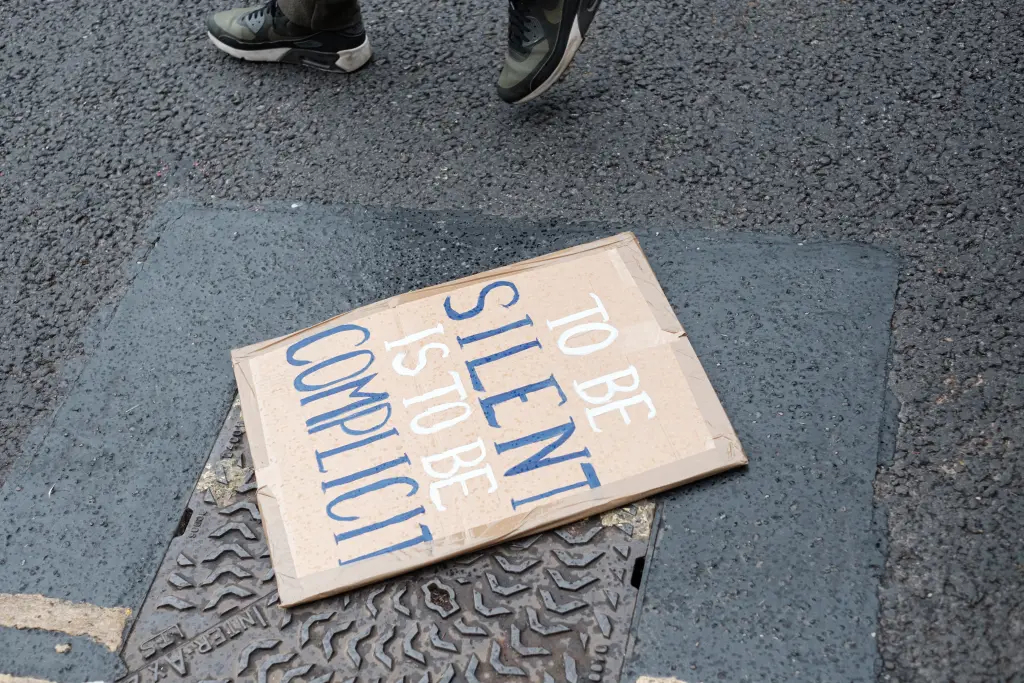Moving From Scare City to Abundance
This is a love letter to my fellow DEI Consultants. Lately, with all the pushback to DEI, I’ve been thinking a lot about scarcity. Scare City, more like, where fear is either a constant undercurrent or primary driver of our actions: the fear of running out of what we need, of losing income or health … Read more










